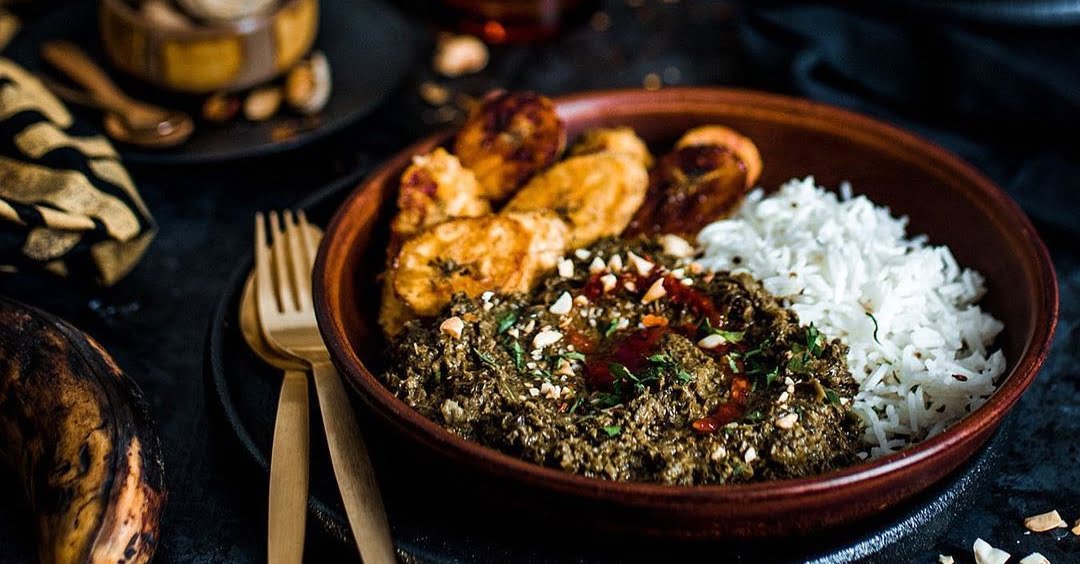Introduction: Congolese Cuisine
Congolese cuisine is the cooking style of the Democratic Republic of Congo, located in central Africa. The cuisine is known for its vibrant flavors, bold spices, and the use of fresh ingredients. The cooking style of Congo is influenced by the country’s history, geography, and trade relations with neighboring countries.
Influences on Congolese Cuisine
Congolese cuisine is primarily influenced by the country’s history of colonization and trade. The cuisine has been shaped by the country’s interactions with countries like Portugal, Belgium, and France. The Portuguese introduced cassava, peanuts, and chili peppers to Congo, while the Belgians brought potatoes, coffee, and chocolate. The French introduced baguettes and croissants, which are commonly found in Congolese bakeries today. Congo’s cuisine also has influences from neighboring countries such as Angola, Uganda, and Tanzania.
Staple Foods of Congolese Cuisine
Staple foods of Congolese cuisine include cassava, plantains, yams, and sweet potatoes. These starchy foods are often served as the base for many dishes, such as fufu, a starchy paste made from cassava or plantains. Rice and beans are also commonly eaten in Congo, especially in the eastern regions of the country. Peanut butter is a popular ingredient used to add flavor and thickness to soups and stews.
Spices and Flavors in Congolese Cuisine
Congolese cuisine is known for its use of bold spices and flavors. Garlic, ginger, and chili peppers are commonly used to add heat and flavor to dishes. Coriander, cumin, and cinnamon are also used to add depth and complexity to sauces and stews. Palm oil is a popular cooking oil used in Congolese cuisine, adding a distinct flavor and color to dishes.
Meat and Fish in Congolese Cuisine
Meat and fish are important sources of protein in Congolese cuisine. Beef, chicken, and goat are commonly eaten, while fish from the Congo River and Lake Tanganyika are also popular. Fish is often served grilled or fried, while meat is usually stewed or grilled. In the eastern regions of the country, insects such as caterpillars and grasshoppers are also eaten as a source of protein.
Regional Variations in Congolese Cuisine
Congolese cuisine has regional variations, with different dishes and ingredients being popular in different parts of the country. In the eastern regions, beans and peas are commonly used in dishes, while in the western regions, peanuts are a popular ingredient. The cuisine in the north is influenced by Sudanese and Ugandan cuisine, while the south is influenced by Angolan and Zambian cuisine.
Differences from Other African Cuisines
Congolese cuisine differs from other African cuisines in its use of spices and flavors. The bold and complex flavors of Congolese cuisine set it apart from the milder flavors of North African cuisine. The use of peanuts, cassava, and palm oil also distinguishes Congolese cuisine from other West African cuisines. Additionally, the use of insects as a source of protein is unique to Congo.
Conclusion: The Richness of Congolese Cuisine
Congolese cuisine is a rich and vibrant cuisine, with a variety of bold flavors and unique ingredients. Influenced by its history, geography, and neighboring countries, Congolese cuisine stands out from other African cuisines with its complex spices, use of peanuts and palm oil, and the incorporation of insects as a source of protein. Whether you are a meat lover, a vegetarian, or a seafood connoisseur, you are sure to find something to love in Congolese cuisine.

